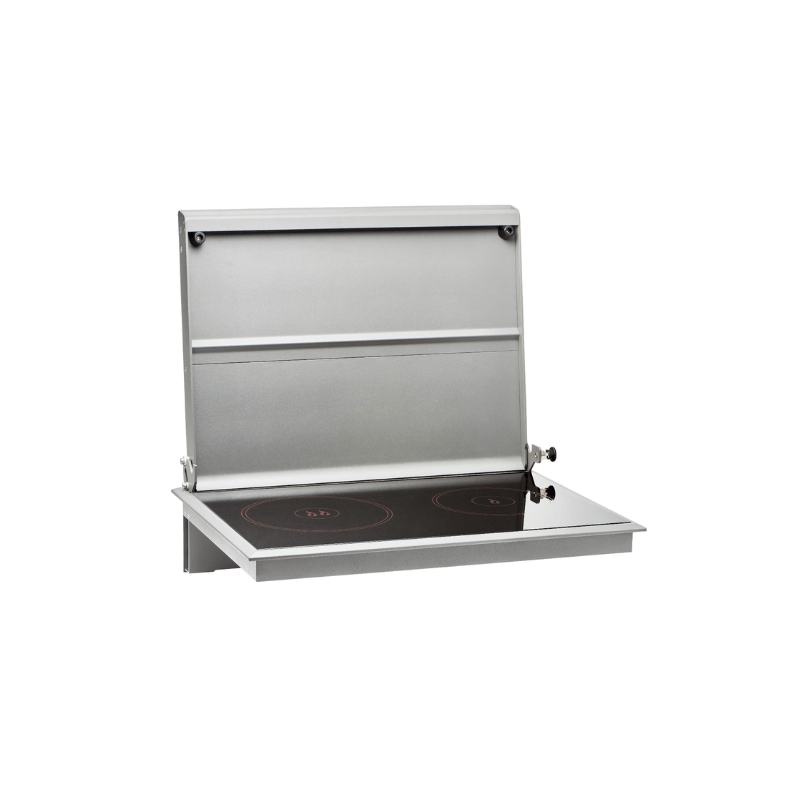Looking to buy very soon, hopefully a kitted out T6.1
Just wondering what differences and preferences there were between diesel and gas heaters.
Seen one model with a Propex gas heater but also seen one with Wabasco diesel.
Which is the preferred heating fuel learned brethren?
Just wondering what differences and preferences there were between diesel and gas heaters.
Seen one model with a Propex gas heater but also seen one with Wabasco diesel.
Which is the preferred heating fuel learned brethren?





